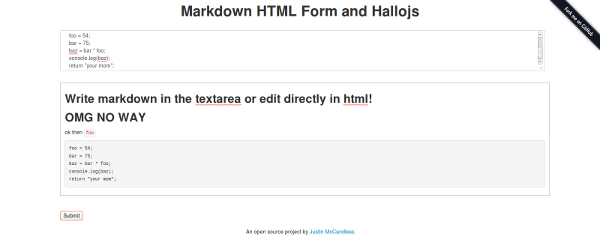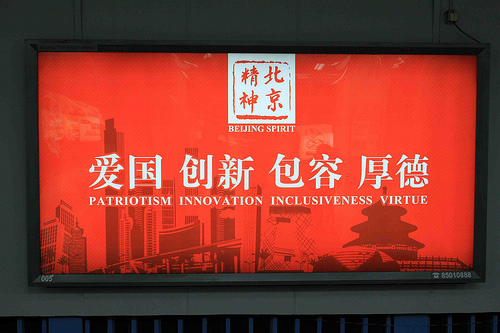Ludum Dare 27 this Weekend

I'm attempting to throw together a game for the 27th Ludum Dare game competition this weekend. I'll be posting updates over here if you want a closer look. The theme is "10 seconds", and I think I have a decent idea in my head, but I know I'm going to have to compromise to implement it. At the end of the competition I'm sure I'll have something to show though, and I've already learned plenty of lessons on how to do something like this in the last few hours of coding.








